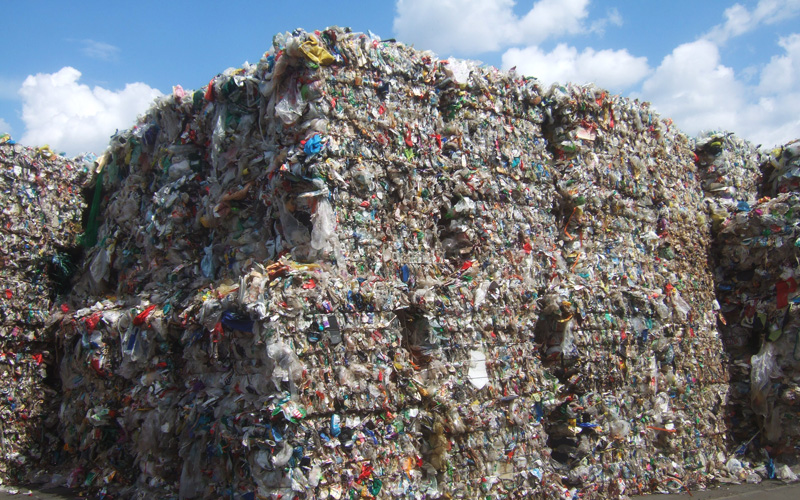Site Zero doubles plastic recycling compared to the previous plant, which was already one of the most efficient in Europe. Up to 95 per cent of all packaging received will be able to be sent for recycling in the near future. “The conditions now exist to actually make plastics part of the circular economy,” says Mattias Philipsson, CEO of Svensk Plaståtervinning. Minister for Climate and Environment Romina Pourmokhtari, and more than 350 guests from Sweden and Europe attended the opening ceremony.
Site Zero has now been tested for a period before opening, and the results show record figures for sorting efficiency. As much as 95 per cent of the packaging arriving at the plant can be sorted out for recycling in the next step.
“This means a doubling of plastic recycling compared to our previous plant, which was already one of the most efficient in Europe. The results from the test period show that plastic can now become part of the circular economy,” states Mattias Philipsson, CEO of Svensk Plaståtervinning.
Philipsson continues: “With Site Zero, we have set a new path for plastic recycling and the rest of Europe. The world needs to follow, to reduce emissions from incineration and the need for primary raw materials. It is no longer justifiable to incinerate as much plastic as we do or melt it down into low-quality products that cannot be recycled again,” says Mattias Philipsson.
Site Zero will be the world’s biggest sorting plant and can process 200,000 tons of plastic packaging. This is approximately equivalent to the total volume placed on the Swedish market. About half of this plastic packaging is collected by the Swedes, and until more plastic reaches the recycling system, Svensk Plaståtervinning has offered capacity to other countries. From 2024, Site Zero will receive most of Finland’s household plastics.











